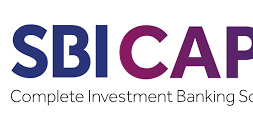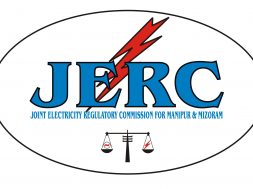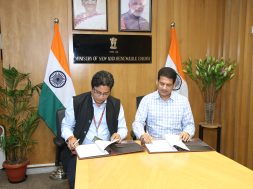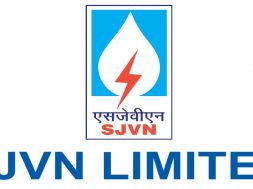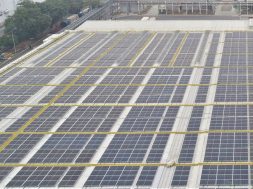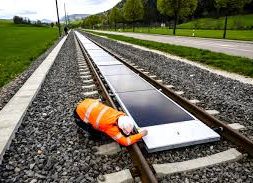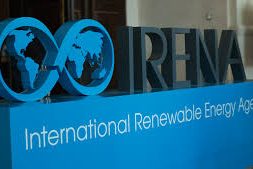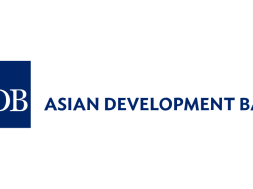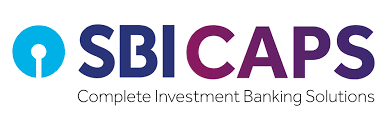
Summary:
—
### 1. Executive Overview
* India’s solar module ecosystem has matured, reaching **100 GW manufacturing capacity**, enough for domestic demand.
* However, **export opportunities are shrinking**, especially due to the US withdrawing solar incentives, raising risks of **oversupply by 2027**.
* Indian players enjoy strong policy support (PLI, ALMM), but the long-term risk is that the industry could become cyclical like steel.
—
### 2. Module Manufacturing (100 GW Milestone)
* Solar additions rose **60% YoY in FY25 (\~24 GW)**, demanding \~50 GWdc modules.
* Additions expected at **40–50 GW annually** to meet 2030 goals (\~190 GW by 2027).
* Domestic module demand grew sharply (non-utility + utility), but **exports fell \~US-bound** due to policy changes.
* Imports declined **38% YoY** after ALMM reinstatement, though still used in **C\&I and non-ALMM projects**.
* Overcapacity risk: projected **190 GW domestic module capacity vs \~100 GW demand**.
—
### 3. Solar Cells – ALMM-II Impact
* India’s **cell capacity (<30 GW)** lags modules, creating heavy import dependence.
* **ALMM-II (from Jun 2026)** mandates only approved domestic cells in utility + C\&I (open access/net metering) projects.
* Major expansions planned – capacity to rise to **115 GW by Mar 2027**, enabling near self-sufficiency.
* Interim impact: higher project costs as **DCR cells are pricier**, possibly slowing bids.
* **Exemption till Aug 2025 bids** provides cushion for market adjustment.
—
### 4. Upstream Integration (Wafers & Polysilicon)
* India remains **highly import-dependent** (China dominates wafers & polysilicon).
* **40 GW wafer target by Mar 2027** seems ambitious; only one domestic wafer maker exists.
* Classification: only **“black wafers”** (undiffused) qualify for domestic status; blue wafers excluded.
* **Polysilicon prices spiked 35–40%** in recent months due to Chinese capacity shutdown (\~1 mn tonnes).
* India’s PLI push for **full integration (poly-to-module)** is unique globally, but execution is years away.
—
### 5. Supply Chain & Margins
* **Polysilicon’s share in module cost** rose from **12% → 17% (in 1 year)**.
* Global players, integrated only wafer-to-module, saw **EBITDA margins squeezed** (Jinko, Longi, Trina, etc.).
* Indian integrated players benefited from **ALMM/DCR protections and US anti-Uighur import rules**, giving **superior margins**.
* But, without upstream integration, Indian module makers may face **margin pressure** going forward.
—
### 6. Strategic Outlook
* **Golden period** for Indian players due to domestic policy + global demand shift.
* However, risks:
* Oversupply → falling margins.
* Policy dependence → possible cyclicality like steel.
* Many players diversifying into **inverters, IPPs, and battery storage** to stabilize returns.
* Early movers in **US onshore manufacturing** could gain from IRA phase-out and FEOC compliance.
—
✅ **Key Takeaways:**
* India is now a global-scale solar manufacturing hub (100 GW+ modules).
* Cells are catching up fast (115 GW by 2027), but wafers and polysilicon remain bottlenecks.
* Policy (PLI + ALMM) is the main driver of growth and profitability.
* Oversupply and input price shocks (polysilicon) are medium-term risks.
* Integration and diversification are essential for sustainability.
—
For more information please see below link:



